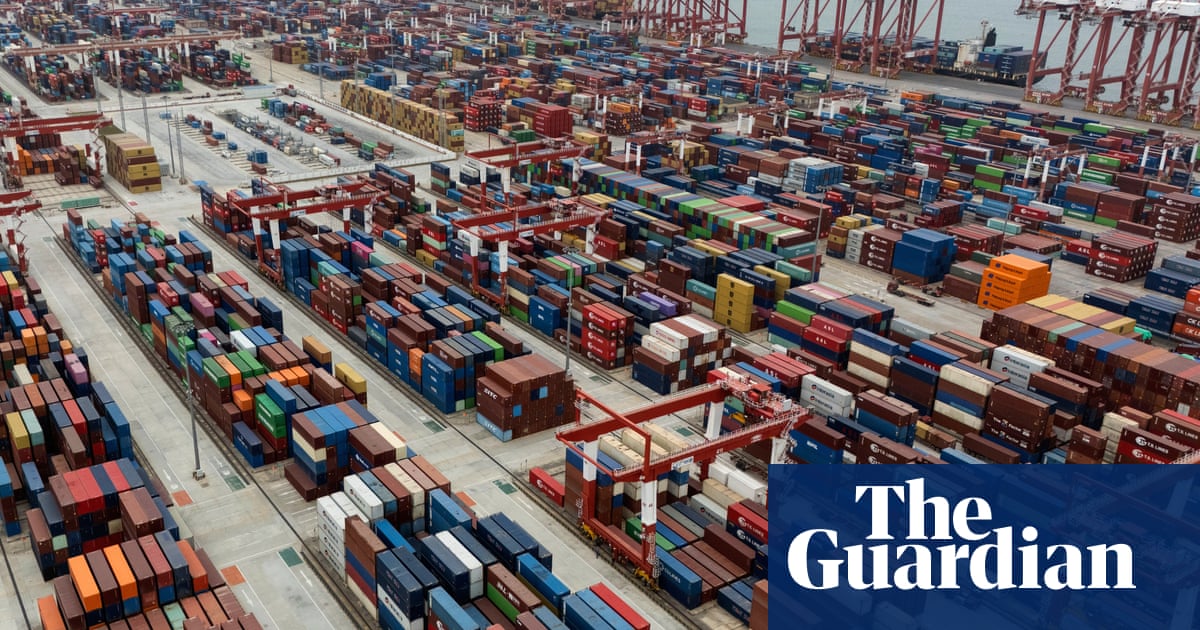Over the last few months,Donald Trumphas introduced a confusing and evolving slate oftariffsagainst specific countries and industries that the president has deemed as threats to US industry.
Many of his harshest tariffs have been paused, and some exemptions have been made, but a handful of tariffs are still in place. Trump has continued to threaten more of them, though the future of the president’s trade war remains unclear.
Here’s what we know so far about the status of US tariffs on imported goods.
Most of the tariffs currently in place are pared-down versions of what they were when Trump first proposed them. For example, Trump had threatened to place 25% tariffs on all goods from Canada andMexico. He eventually made an exception for goods covered under the US-Mexico-Canada Agreement (USMCA) he signed in 2018, which covers the majority of imports from both countries.
10% universal tariffWent into effect on 5 April
25% on cars and auto parts(with some exceptions)Went into effect on 3 May
30%tariff on Chineseimports(with some exceptions)Went into effect on 13 May
25% tariffs on goods from Canada and Mexico, not covered in the USMCAWent into effect on 4 March
Trump has paused his highest tariffs, including 145% tariffs on Chinese imports and aslateof so-called “reciprocal tariffs” that the president was planning to implement against more than 50 countries. US stock markets jumped after Trump paused these tariffs.
“Reciprocal” tariffs, until 8 JulyPaused on 9 April
Higher tariffs on Chinese goods, until 12 AugustPaused on 13 May
The White House has made key exemptions for tariffs against Canada, Mexico andChinathat cover goods that are heavily imported from those countries.
Goods from Canada and Mexico that are covered in the USMCA, including auto partsExempted on 2 April
Tariffs on smartphones, computers and other electronics imported from ChinaExempted on 12 April
Trump continues to threaten more tariffs on specific industries, though it is unclear if and when the president will implement tariffs on these industries.
Pharmaceuticals
Semiconductors
Lumber
Copper
Movies produced outside the US
